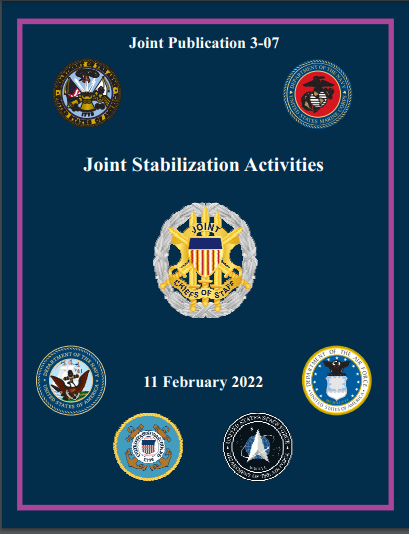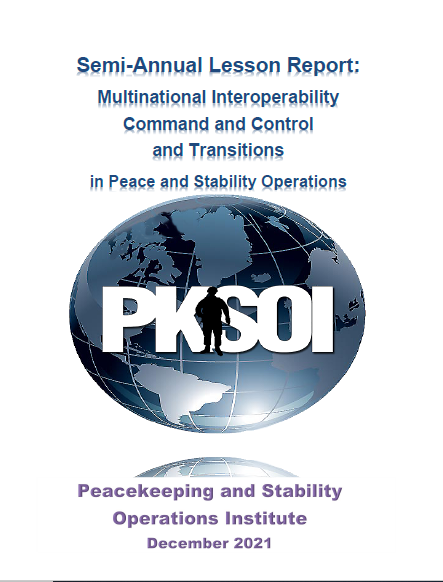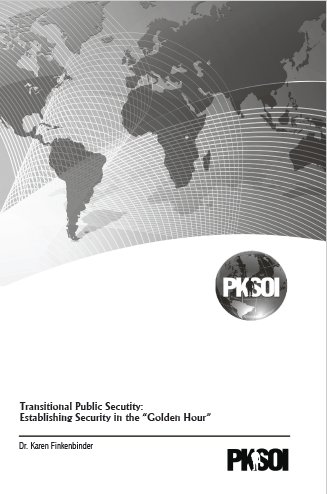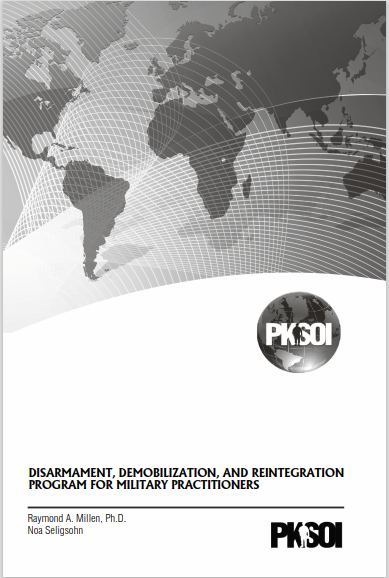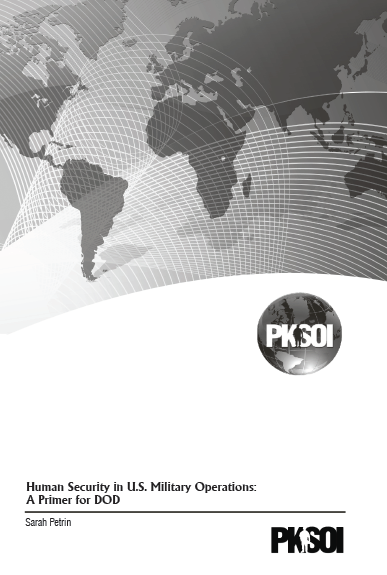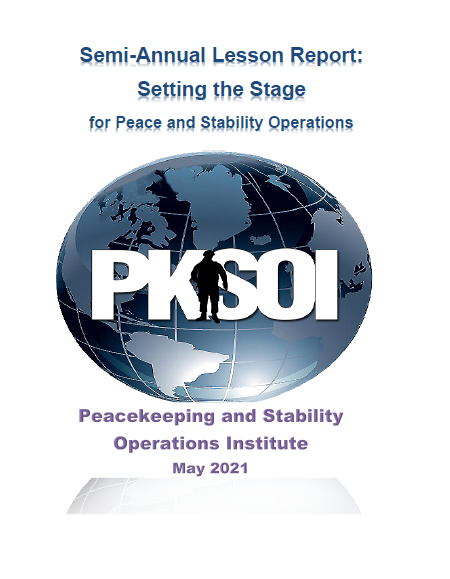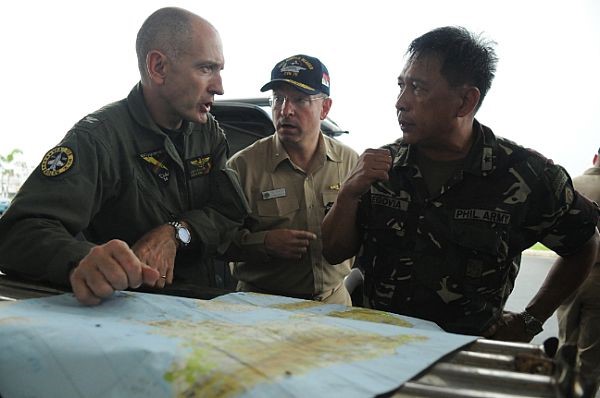International Day of United Nations Peacekeepers

On MAY 25, 2022, PKSOI and the U.S. Army War College celebrated the International Day of United Nations Peacekeepers.
Speakers for the event included Brig. Gen. Janeen Birckhead, Deputy Commanding General for Reserve Affairs at the Army War College, as well as former peacekeepers — all highlighting the history, challenges, and future of UN missions. “I am proud of the number of International Fellows in the Army War College Resident Class of 2022 who have served in UN Peace Operations….Half of our 80 International Fellows have served in at least one peacekeeping mission,” said Birckhead.
On this International Day of United Nations Peacekeepers, we honor and remember those who have fallen: over 4,197 peacekeepers have lost their lives in the cause of peace – including 79 Americans. We also honor those who currently serve in peacekeeping missions, representing the best intentions of their nations, and who selflessly dedicate their lives to enable sustainable growth in the war-torn spaces around the world. Their shared determination and unified efforts will bring a greater chance of achieving peace than any single country could attain alone.
Did you know?
•The US Army has been engaged in peace operations since 1948 and currently is deployed in six UN operations, the Multinational Force Observers in the Sinai, and Kosovo.
Did you know?
•The United States is the largest contributor to military and police capacity building efforts in support of international peacekeeping, contributing more than $1 billion since 2005

